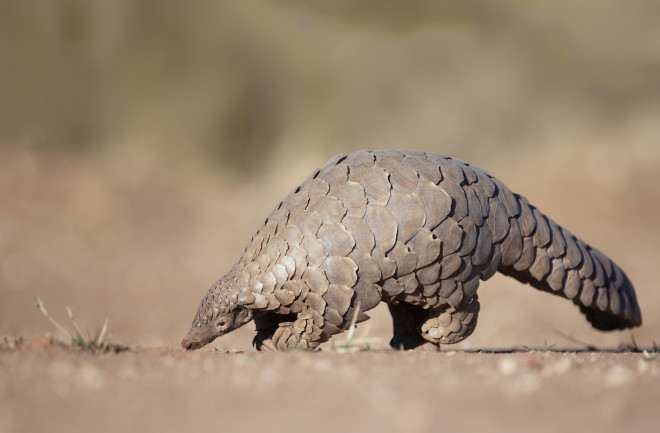We live in a world filled with things that are out to get us, if only they could. All animals harbor viruses, bacteria, fungi and parasites that range from one-celled animals to 80-foot-long tapeworms. Plants are infected, too.
Mostly, we’re safe from these things. Mostly, these disease-causing agents stick to one host species. And many barriers stand between each of us and that previously unknown infection hosted by an unfamiliar animal. When a disease breaks down the barriers between animals and people, it’s called a zoonotic disease. It’s rare that a disease blasts through enough barriers to cause a global disease outbreak. But when, say, a virus does successfully break across barriers to cause a pandemic, it’s awful. You know this because you are living through it now.

